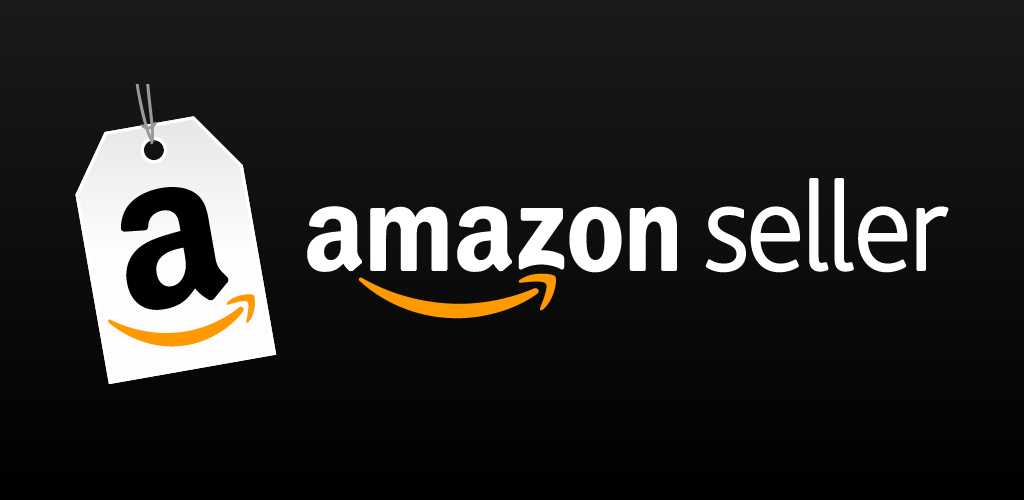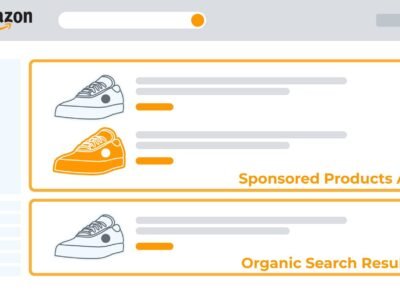Amazon is the biggest platform in the world to sell your products to a global audience. This article looks at the different types of ways you can sell on Amazon and build your business. These include Fulfilled by Amazon, Fulfilled by Merchant and Seller Fulfilled Prime. We assess the pros and cons of each strategy to help prospective sellers decide which is best for them.
If you’re thinking of building your brand and selling your products online, the e-commerce giant Amazon is the best place to start to increase your profits. It has over 30 different product categories (and counting), so you can become an Amazon seller with just about anything! With over 300 million active users shopping on Amazon, the online retailer will enable you to leverage your business and reach a global audience.
To get started, you should first register your account as a Seller Account. Once you are signed up, you need to decide which programme you want to sell through; FBA, FMB or SFP.
Let’s talk you through each strategy and take a look at the pros and cons to help you decide which one fits in line with your business growth and goals.
FBA (Fulfilled by Amazon)
By 2020, 2 out of 3 third-party sellers on Amazon were using FBA (Fulfilled by Amazon) as a service to sell their products. FBA is a popular strategy because once you have listed the products you have to sell, Amazon does the rest of the work for you.
Amazon cuts out the hassle by dealing with the entire packaging, delivery and returns process. They also offer discounted shipping and 24/7 customer service on behalf of the seller. This frees up more time to work on your business, brand and marketing strategy to further grow your business.
Possibly one of the biggest benefits to being an FBA seller is that you will automatically be entitled to sell through Prime. Customers prefer to shop with Prime as they receive their products in a speedy 1-2 days delivery, thanks to Amazon’s market-leading service.
So, what’s the catch?
The FBA strategy comes with multiple fees which cover the storage and fulfilment service. The amount an FBA seller pays depends on the inventory and size of products. These fees increase if the products are kept in Amazon warehouses for a long period of time. This can be costly if you are only just starting out.
Another limitation to selling through FBA is that Amazon packages and ships your products using their own branding. This can make it hard for you as a business to differentiate your brand and make it known to customers.
FBM (Fulfilled by Merchant)
FBM (Fulfilled by Merchant) is where the seller is responsible for their inventory and the delivery process. It is ideal for smaller businesses as the seller stores the products at home or in a warehouse and then packages and ships the products themselves. Many sellers prefer this strategy as there are no added FBA fees.
FBM allows sellers to have more control of their business by managing their own stock and personally sending the products to customers with tracked delivery. This reduces any chance of mishap with customers receiving the wrong item and therefore, encourages better customer feedback.
However, FBM can take hard work as you are entirely responsible for the storage, packaging, shipping and returns. This may not be feasible to do on your own if your business is growing and you have an increasing turn-over.
FBM sellers also don’t get priority to compete for the Buy Box like FBA sellers do. This is a display button on your listing which encourages people to buy. Without it, you are less likely to make as many sales.
What is Seller Fulfilled Prime?
SFP (Seller Fulfilled Prime) is a variation of FBM and allows sellers to offer Prime Shipping whilst avoiding all the storage and service fees of FBA!
There are a number of requirements to qualify for SFP. The most important requirement is that sellers will need to prove to Amazon that they are worthy of receiving the Prime Badge by completing all deliveries to Amazon’s standards within 1-2 days during a trial period. Items with a Prime badge displayed are far more likely to appeal to customers and there are around 200 million Prime members world-wide.
However, increased sales come with increased responsibility.
As SFP involves completing fulfilment by yourself, it becomes a lot of hassle when there are a large volume of orders. Failure to keep up with this workload may result in losing the Prime Badge.
Final Thoughts
Overall, there are several advantages and disadvantages to all strategies that will depend on your business model. FBA is ideal for businesses with a high inventory of smaller items selling at a fast turn-over.
FMB and SFP are more suited to start-ups or smaller businesses where they aren’t selling as many products at a high rate.
It’s all about finding out what works best for you and your business.











